What is a hemilaminectomy? A hemilaminectomy, sometimes referred to as laminotomy, is a minimally-invasive surgical procedure that aims to enlarge the space in the spinal canal to reduce nerve compression or pressure. This is done by removing part of a vertebra, called a lamina, that has been damaged or is damaging surrounding structures. Each vertebra […]
Archives: Treatments
Anterior Cervical Discectomy & Fusion
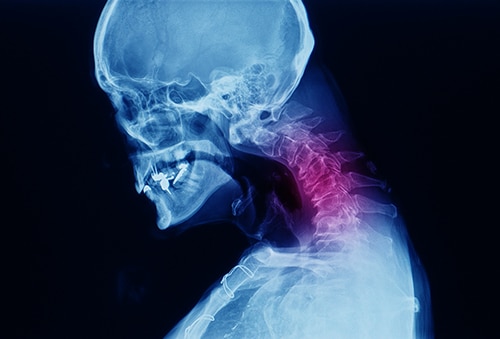
An anterior cervical discectomy and fusion is a type of surgery that involves removing a damaged disc to relieve spinal cord or nerve root pressure and alleviating corresponding pain, weakness, numbness, or tingling. The surgery has two parts: Anterior cervical discectomy: Your surgeon will remove the affected disc by approaching the cervical spine through the […]
Cervical & Lumbar Discograms
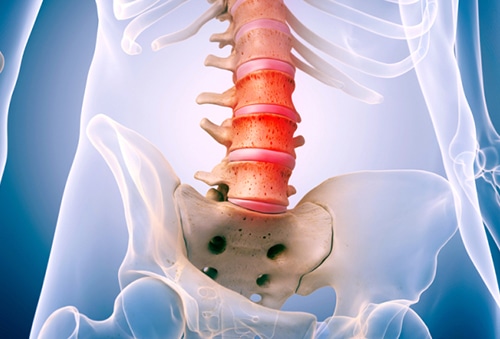
Diagnostic Test A discogram is a diagnostic imaging test that helps to determine whether a specific intervertebral disc may be the source of back or neck pain. Intervertebral discs are found between the bodies of vertebrae and act as a shock absorber for the spine while providing flexibility. When a disc bulges or ruptures, or […]
Cervical & Lumbar Fusion
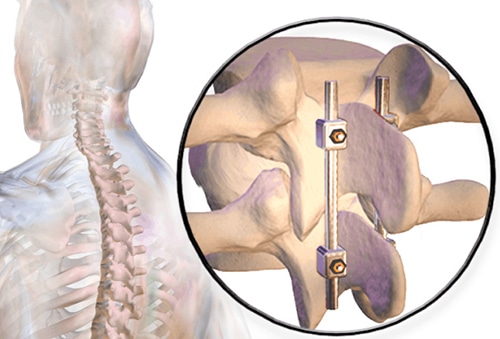
During a spinal fusion, two or more vertebral bones are joined together in order to re-stabilize the spine, creating a solid mass of bone. The goal of a spinal fusion is to eliminate flexibility or motion at a painful vertebral segment of the spine. When there’s no mobility, there are no conditions that can cause […]
Disc Replacement
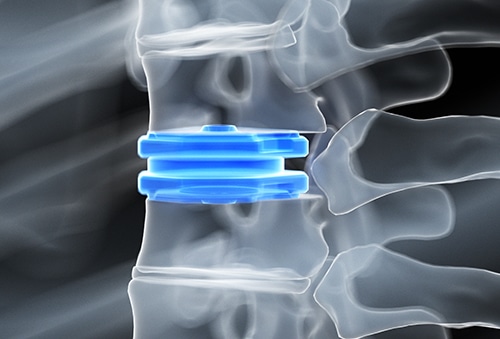
Your intervertebral discs are found between the vertebrae (bones) of your spine. They cushion the joints and allow your spine to move in different directions, such as forward and backward. Disc injuries are common and they often heal without treatment. However, if a disc is damaged in such a way that it can’t function normally, […]
Foraminotomy
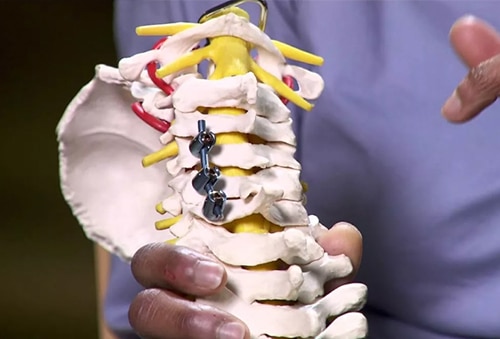
The goal of this minimally invasive surgery is to remove pressure on the nerves in the spine by enlarging the area around the foramen, where the nerve exits the spine. Your surgeon will make a small incision just beside your spine at the level of the affected vertebrae. Using a specially-designed microscope and x-ray guidance, […]
Kyphoplasty
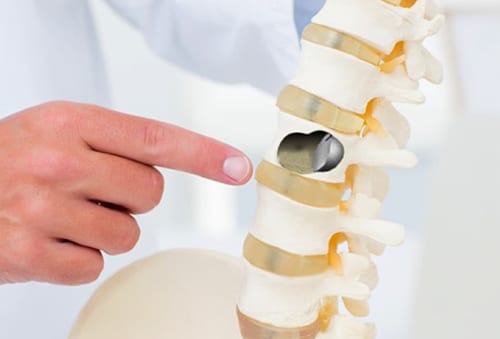
A kyphoplasty is performed on those suffering from compression fractures of the vertebrae, offering the potential to restore bone height and reverse deformity of the spine that may be causing pain. Compression fractures are tiny cracks in the bone of the spine that can eventually cause the vertebrae to collapse and deform. The shape, height, […]
Laminectomy

The goal of a laminectomy is to enlarge the space in your spinal canal to reduce nerve compression or pressure. The lamina is part of the vertebral bone that covers and protects the spinal column. Removing all or part of the lamina during a laminectomy can give a compressed nerve root more space and a […]
Percutaneous Discectomy Surgery
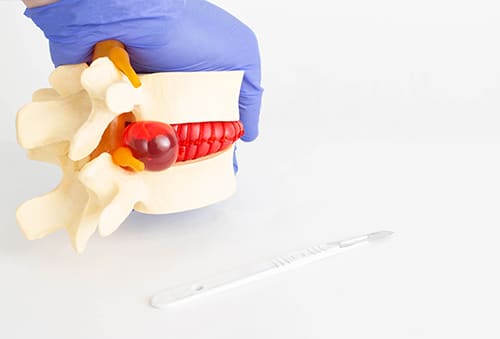
Normally, the discs in between the bones (vertebrae) of your spine don’t cause you any problems. And even if they do flare up, it’s often possible to manage disc injuries conservatively with treatment such as physical therapy. However, if you develop a condition such as a herniated disc and the pain doesn’t improve in time, […]
Posterior Lumbar Fusion (PLIF)
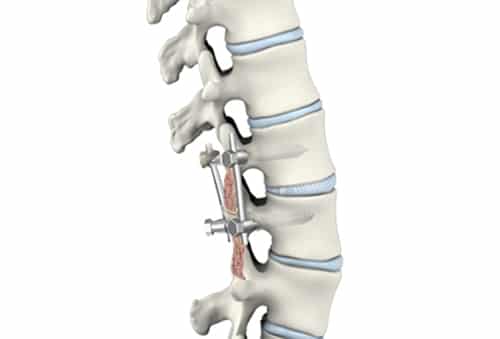
A posterior lumbar fusion (PLIF) is a technique used in spinal fusion surgery. As with all spinal fusion surgery, the procedure involves inserting bone graft to a damaged area of the spine to set up a biological response that causes bone to grow between two vertebral segments. To begin the procedure, the spine is first […]